Genealogy Gems Podcast
Episode 184 with Lisa Louise Cooke
www.GenealogyGems.com
Download the FREE App
In this episode I'll kick things off with two fabulous online resources I think are Gems. Two of you wrote in with your own advice, one on saving your genealogy from theft and another with another tip on digital preservation. I found a funny poem online that the author gave me permission to share. And then Sunny will join me to announce our next Genealogy Gems Book Club pick and we may or may not digress a little to talk about other fun things on our minds. So sit back and relax or do whatever you love to do while listening to podcasts& and let's get started.
NEWS: Ancestry Web Indexes
Did you see the recent article on the Genealogy Gems website about Ancestry Web Indexes? These are FREE resources that anyone can access. You don't need to be an Ancestry subscriber or even create a free login on the site.
Here's what they're all about. For the past few years, Ancestry has been indexing databases from other websites on their own site. They're not stealing data or take credit for data from other places everything is fully cited and points to the original sites. Ancestry is extending the power of its ability to help users find their family history online wherever it may be. They're taking advantage of the fact that it's already a place where people are looking and their site's powerful search tools.
What I think is cool is that you may have a better search experience at Ancestry than you would at the original site. Some sites that host databases or indexes don't offer very flexible search parameters. If you search for Elizabeth Madison, they may not recognize Beth or Lizzie as acceptable search results, or alternate spellings of her last name. But Ancestry does.
A subscription to that original site may be required to see any images or other content that's members-only. But if there's data out there, I want to know about it. Then I can decide whether I want to get access to it. Another bonus is that a lot of their big Web Indexes are from sites that are not in English. This gives English-speakers a portal to that data, in case they are intimidated by trying to search a site in another language or by applying Google Translate, which I teach about using in my book The Genealogist's Google Toolbox.
Anyway, I think it's just one more online tool we should all know about! Just within the past few weeks, here are a few new Ancestry Web Indexes:
Danish Emigration (that's Emigration with and for people moving OUT of the country), more than 300,000 records from 1868 to 1908.
An Indiana Marriage Index for 1806-1861, with another 300,000 records;
Montreal, Canada marriages and burials dating back to the 1760s;
Alberta, Canada newspaper vital events index back to 1889; and
Births, deaths and marriages for Gallatin, Montana back to the mid-1800s.
Here's a tip that wasn't in our article: you can search for Ancestry Web Indexes by going to Ancestry's drop-down Search menu. Click on Card Catalog, and do a title search for the word Web. You'll see lots of results that say Web: followed by the name of the index. Just another helpful tip to get the most out of one of the world's biggest genealogy websites, whether you're a subscriber or not!
NEWS: Bomb Sight website We've probably all seen images from the World War II bombing of London in movies. You see Londoners hunched in tube station tunnels during air raids in The Imitation Game. In The Lion, the Witch and the Wardrobe, the Pevensie children are evacuated to the countryside to escape the Blitz. But for anyone who didn't experience it themselves or grow up in the shadow of those bombed-out buildings, we don't really GET the Blitz, when the Germans bombed London regularly for several MONTHS.
There's a new website and mobile app that I have to recommend that reveals the Blitz in a new way: Bomb Sight, http://www.bombsight.org/. The core of this site is a digitized version of 559 bomb census maps that show where each and every bomb fell between July of 1940 and the following June. These maps were classified until 1971, and were previously only available in their fragile, original condition in the British National Archives.
Now you can explore all those neighborhoods and read about the individual bombs that devastated them. You can even see related historical images and read stories and memories. It's stunning to look closely at a neighborhood and see how densely the bombs fell. It's also stunning to pan out to the widest view and see SO many dots. So many bombs. So much destruction. Take a few minutes, won't you, and explore BombSight.org, and you'll have a whole new appreciation for the bombing of...
-
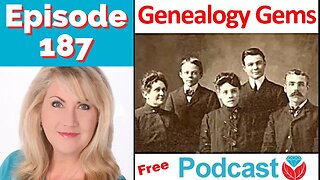 1:13:45
1:13:45
Genealogy Gems - Your Family History Channel
7 years agoEpisode 187
136 -
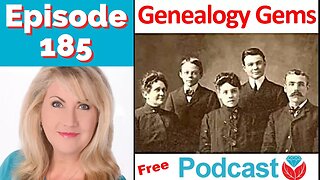 54:37
54:37
Genealogy Gems - Your Family History Channel
7 years agoEpisode 185
51 -
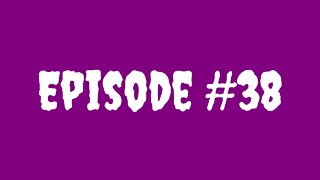 5:10:42
5:10:42
THE HORROR STREAM LIVE
1 year agoEpisode #38
216 -
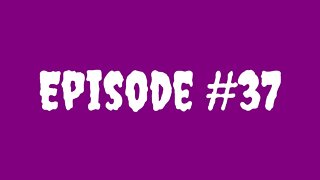 5:25:09
5:25:09
THE HORROR STREAM LIVE
1 year agoEpisode #37
79 -
 3:29
3:29
A44H0le
1 year agoWhy is it Episode 2:
9 -
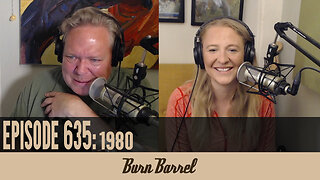 49:28
49:28
Tom Shattuck's Burn Barrel Podcast
1 year agoEPISODE 635: 1980
37 -
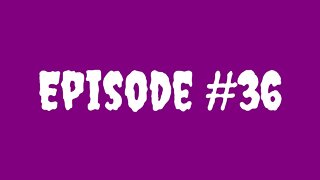 5:26:08
5:26:08
THE HORROR STREAM LIVE
1 year agoEpisode #36
77 -
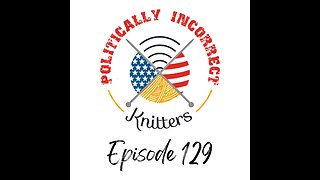 47:10
47:10
PoliticallyIncorrectKnitters
1 year agoEpisode 129
1648 -
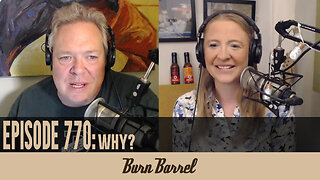 57:41
57:41
Tom Shattuck's Burn Barrel Podcast
1 year agoEPISODE 770: Why?
38 -
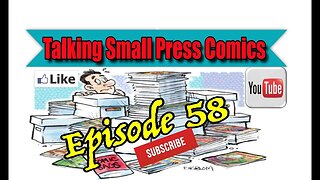 1:09:00
1:09:00
Steve and Larned
7 months agoEpisode 58
3